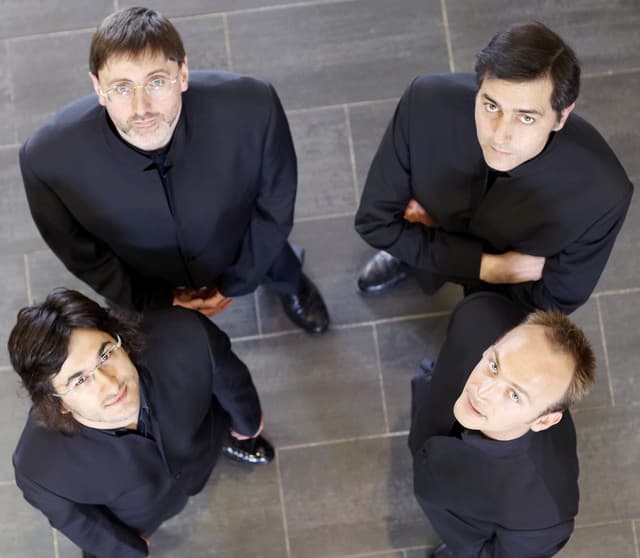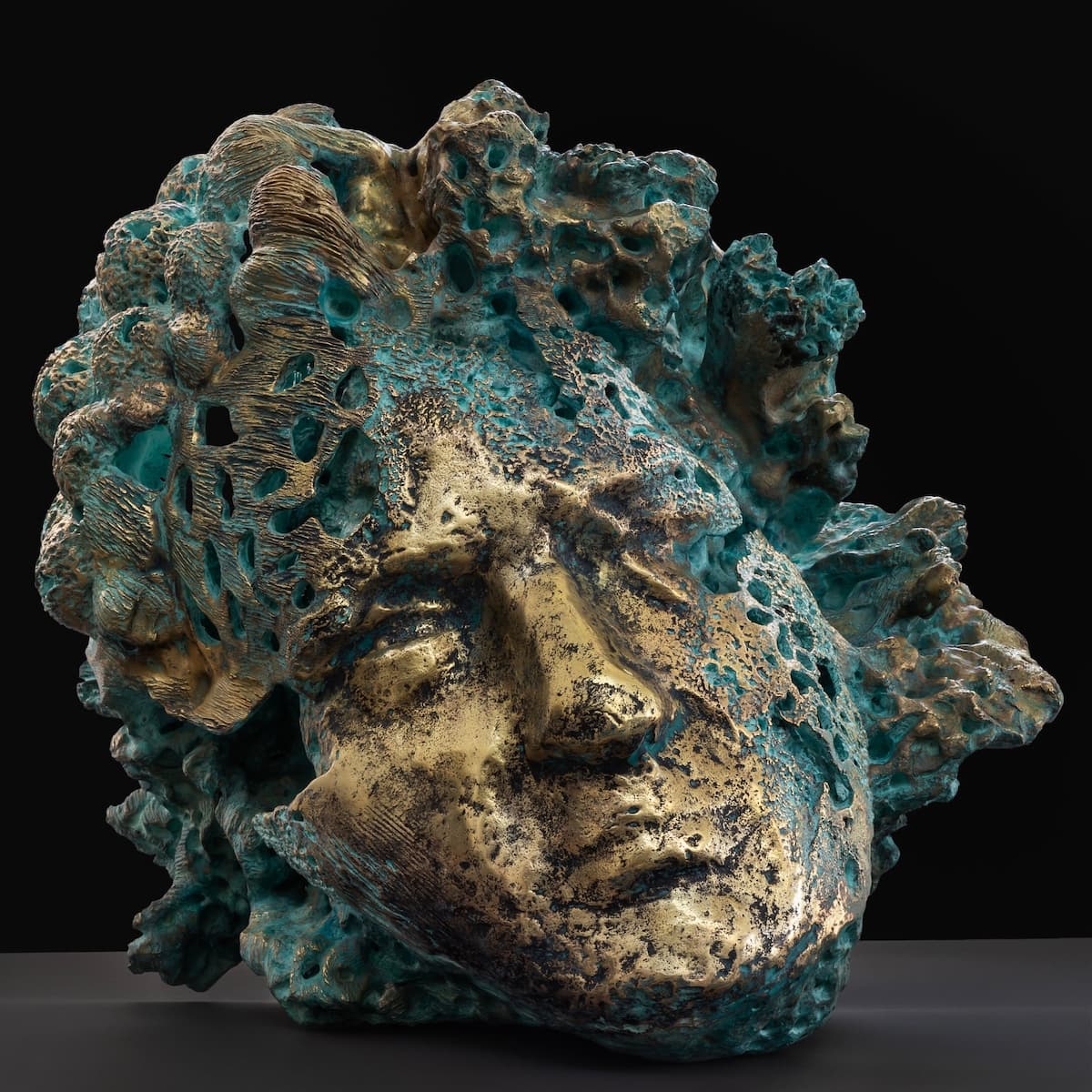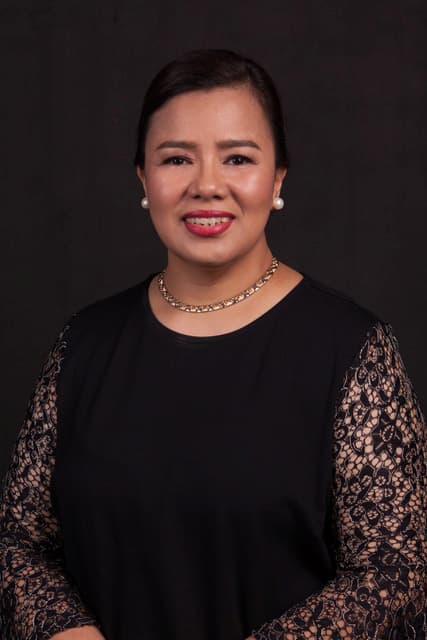Luis Humberto Salgado (1903-1977) was a well-known figure in the musical world of Quito, Ecuador. Although he was a prolific composer, much of his music was unperformed and unpublished during his lifetime. Recently, Dr. Ketty Wong, and the ensemble Kansas Virtuosi, released an album dedicated to Salgado’s chamber music. Salgado was the focus of Dr. Wong’s thesis research. This recording is the result of a major project to make Salgado’s work more accessible and introduce his music to a wider audience. This includes editing and making new engravings of handwritten scores and creating separate parts for the ensemble works. I was fortunate to have the opportunity to meet and interview Dr. Wong and learn more about this composer, this fascinating project, and the recording.
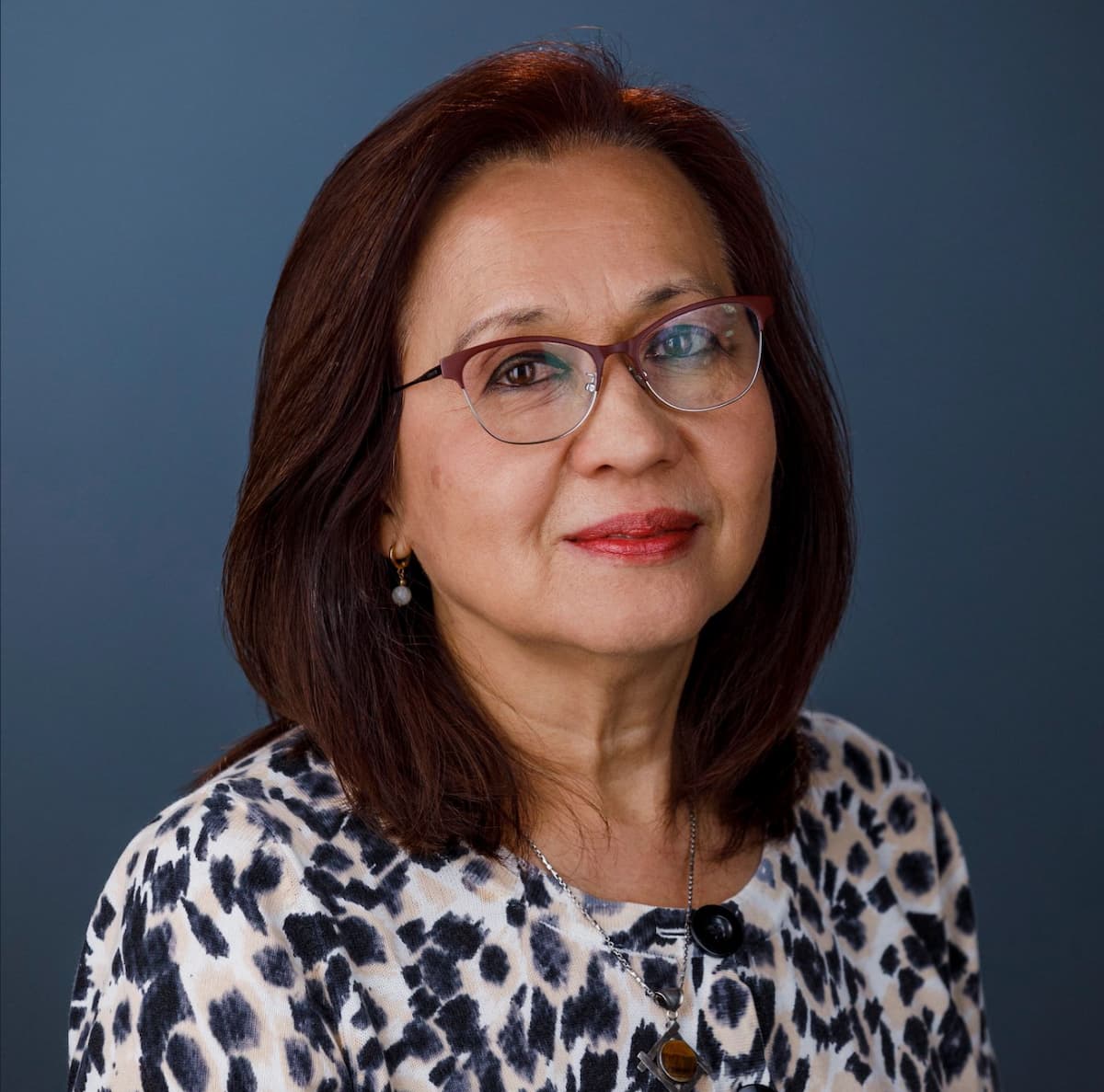
Dr. Ketty Wong-Cruz
Could you give us a brief introduction of yourself?
Born and raised in Ecuador (South America), I was fortunate to study musicology and ethnomusicology at the Moscow Conservatory P. I. Tchaikovsky and the University of Texas at Austin, where I was exposed to a multicultural environment and diverse ideas about music. Currently, I teach ethnomusicology at the University of Kansas and my research interests focus on traditional, folk, and art music in Latin America, the reception of Western social dances in China, and the intersection of music with identity, gender, nationalism, and globalization.
Could you describe your discovery of Luis Humberto Salgado?
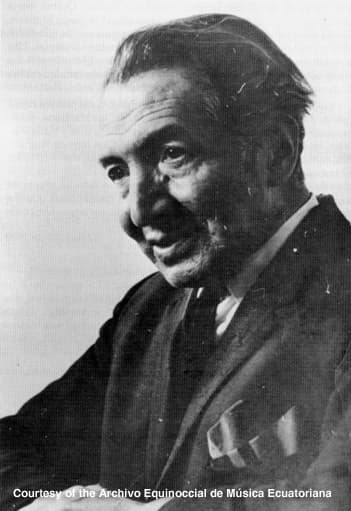
Luis Humberto Salgado © Naxos
I first learned about Salgado in 1989, when I was looking for a topic for my master’s thesis in musicology. I knew that I wanted to write about an Ecuadorian art composer, so I went to Quito to gather information. A music magazine from an important cultural institution had just released a volume dedicated to Salgado, which included an interview that he gave in 1970 and was published in a local newspaper. This interview caught my attention for several reasons. He was well known in Quito as a teacher, pianist, composer, music critic, and director of the Quito National Conservatory, but people who knew him referred to his music as “weird” because it sounded strange to their ears. I also learned that Salgado was a prolific composer with nine symphonies, four operas, eight concertos, three ballets, and numerous works for piano, voice, and chamber ensembles, but most of his works were never performed during his lifetime, or even after his death in 1977.
On the other hand, musical encyclopedias generally identify him as a nationalist composer because his music is indeed inspired by Ecuadorian folk music, but Salgado himself described his style as ranging “from neo-diatonicism to post-serialism, beyond Schoenberg.” His self-identification as a post-serialist composer was intriguing to me because he was a self-taught composer who never left his home country, and the musical environment in Ecuador was too conservative to welcome the 12-tone technique and other avant-garde forms. I was very curious about his music, so I contacted Salgado’s son, who showed me the manuscripts he kept in a closet in his house. I was able to make photocopies of a couple of symphonies and “discovered” an extraordinary composer whose musical language mixed both nationalist and modernist elements in idiosyncratic ways. His compositional style was “too modern” for a nationalist composer, and this is one of the reasons why his contemporaries felt his music was “weird.”
I learned that many of Salgado’s compositions were not published and only had manuscripts. The album includes four chamber ensembles. Did you transcribe the manuscripts to digital scores?
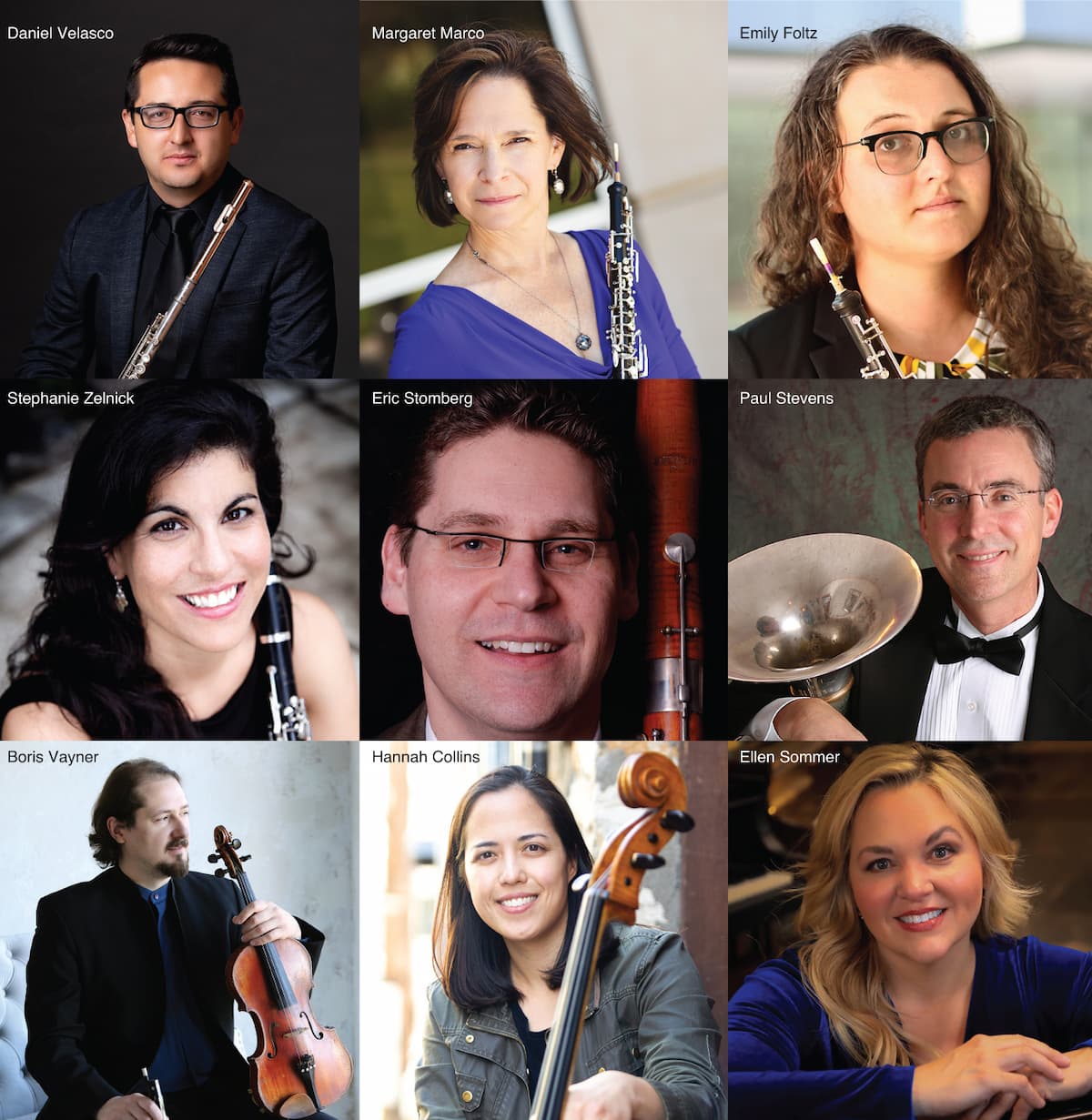
Kansas Virtuosi © Naxos
The album is the result of a major project by the University of Kansas School of Music, which includes the engraving and editing of thirteen chamber music works for performance and recording. One of the reasons why his works have not been performed is the lack of legible scores and parts since most of his music remains in manuscripts. I was in charge of the editing process, and Kansas Virtuosi recorded the pieces.
Could you briefly describe each piece? Are there Ecuadorian musical features we can hear in the music? Do you have a favorite piece among the four of them?
Salgado has an eclectic musical style which combines Andean pentatonic melodies with the 12-tone technique, contrapuntal elements, atonal harmonies, and abstractions from Ecuadorian folk dances. The four pieces in the album present these elements in different ways. In the 1st and 3rd movements of the Viola Sonata, we can hear the rhythm of the indigenous sanjuanito dance from the northern highlands with sophisticated harmonies in the accompaniment. This sonata presents an abstraction of Ecuadorian folk music, skillfully combining nationalist and modernist elements.
Luis Humberto Salgado: Viola Sonata – I. Adagio in tempo rubato – Allegro animato (Boris Vayner, viola; Ellen Sommer, piano)
Luis Humberto Salgado: Viola Sonata – III. Allegro energico (Boris Vayner, viola; Ellen Sommer, piano)
The harmonic language of the Cello Sonata leans toward the Neoclassical style and has no elements of Ecuadorian folk music. Following Paul Hindemith, Salgado was especially attracted to the idea of composing music that expresses a “neutral” sentiment” through a tonality that is neither major nor minor. The 1st and 3rd movements employ elements of the 12-tone technique.
Luis Humberto Salgado: Cello Sonata – I. Allegro con ánima (Hannah Collins, cello; Ellen Sommer, piano)
Salgado wrote the Trio Selene to commemorate the first moon landing on July 20, 1969. He selected the flute, oboe, and English horn timbres to capture the cosmic scenario and it took him only two weeks to finish this work. The title refers to the moon goddess in the Greek mythology and the work is atonal and throughly composed. Its three movements describe the three stages of the trip: Departure, Moon Landing, and Return.
Luis Humberto Salgado: Selene, Trío Programático – I. Partida (Departure) (Kansas Virtuosi)
The Woodwind Quintet combines a variety of musical techniques in all three movements. The first movement, Allegro con vita, is based on a pentatonic sequence (A-G-E-D-B), which Salgado treats as a “series” for both melodic development and harmonic texture. The second movement, Andante sostenuto, is based on the 12-tone system and employs a pointillism technique. In the central episode, you can hear the French horn playing a 12-tone melody and the other instruments playing a few notes that, put together, form a new 12-tone series. In the third movement, Allegretto giocoso, a new pentatonic “series” (E-F♯-A-B-C♯) is used as the melodic foundation of the movement.
Luis Humberto Salgado: Woodwind Quintet (Kansas Virtuosi)
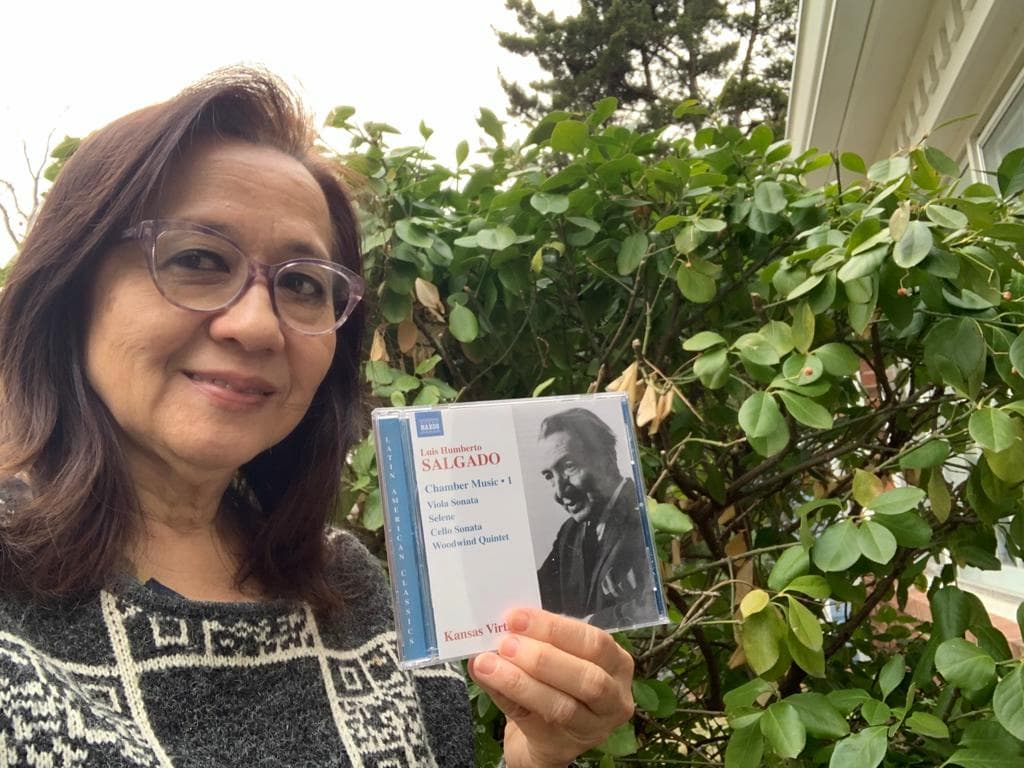
I like how Salgado blends different styles and techniques in a cyclical piece. Each piece is unique in its conception, that is why I like them all. After listening carefully to the album, readers of this article may now understand why Salgado’s music sounded “strange” and “weird” in the conservative musical environment of Ecuador in the 1960s.
How can we learn more about Salgado and Ecuadorian classical music?
There are not many publications in English on Ecuadorian classical music. The New Grove Online has a general entry on Ecuadorian art music. Gerard Behague’s Music in Latin America (1980) has a short section on 20th-century Ecuadorian composers. In terms of research on Salgado, a scanned copy of my book Luis Humberto Salgado: Un quijote de la música (in Spanish) is available on the Academia platform. In the appendix you can find a few scores of his piano music. I am currently working on another book on Salgado, which will be published in English.
For performers interested in playing Salgado’s chamber music, digital scores are available upon request ([email protected]). This material can also be requested to the University of Kansas Libraries by interlibrary loan. In addition, hard copies are available in selected archives and libraries with a focus on Latin American art music.
For more of the best in classical music, sign up to our E-Newsletter

